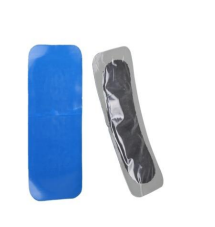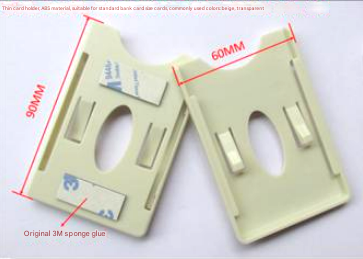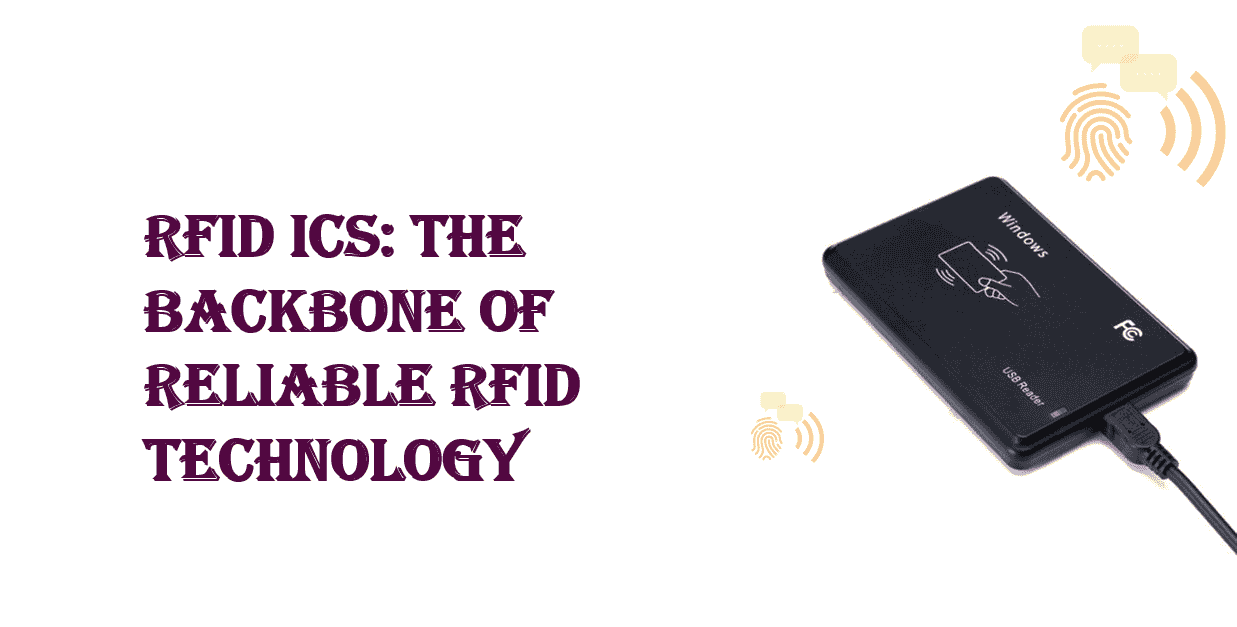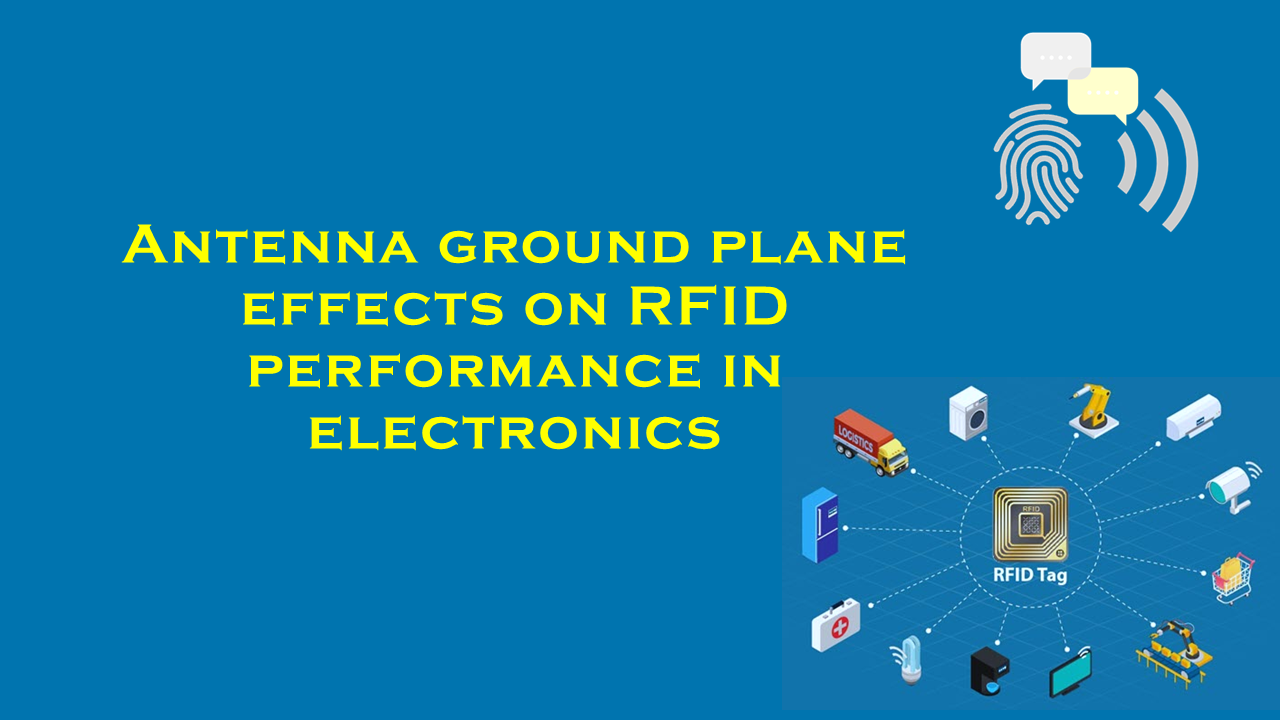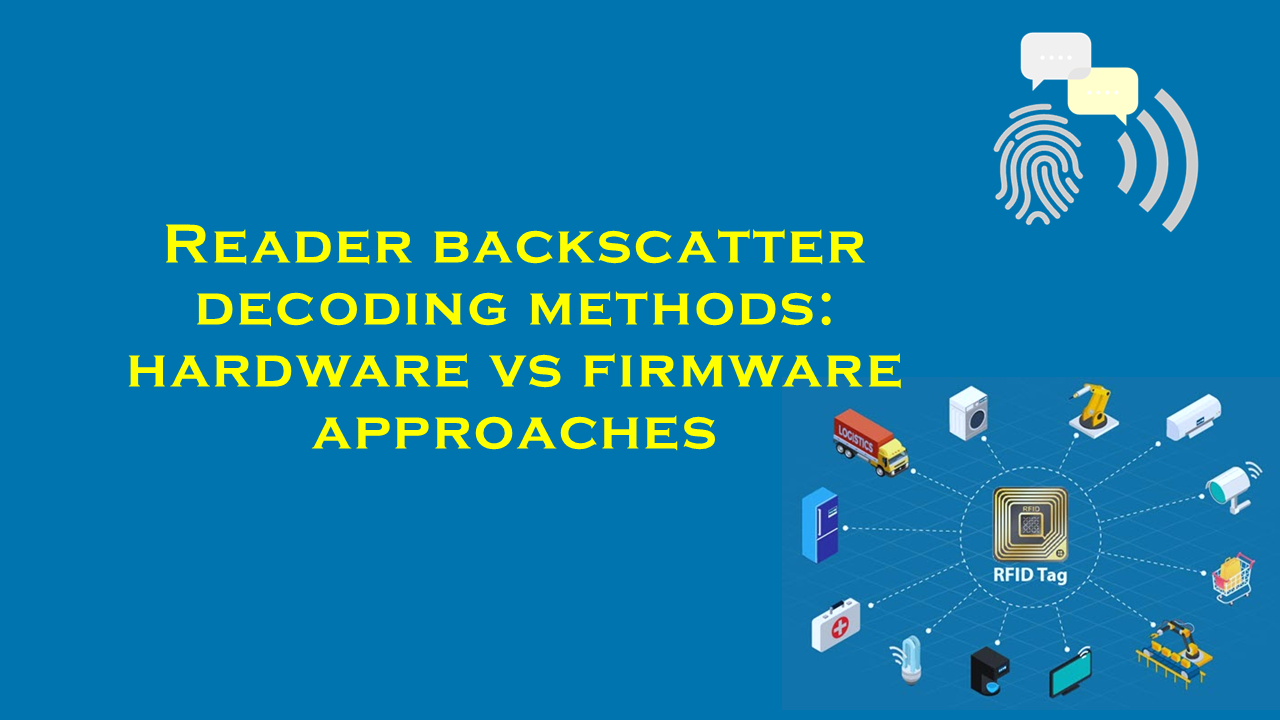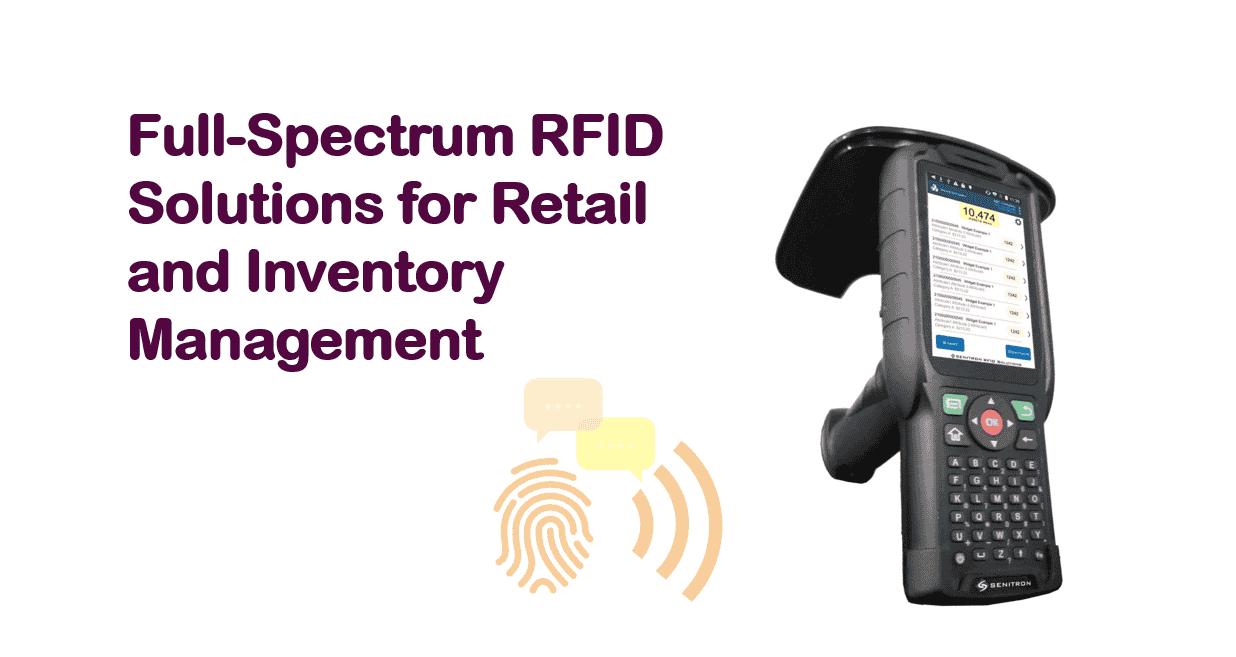RFID or sensor fusion for factory predictive maintenance

RFID and Sensor Fusion for Factory Predictive Maintenance: Enhancing Efficiency through Innovation
Introduction
In the era of Industry 4.0, predictive maintenance has emerged as a cornerstone of smart manufacturing, enabling factories to minimize downtime, optimize operations, and reduce costs. By leveraging technologies like Radio-Frequency Identification (RFID) and sensor fusion, industrial facilities can transition from reactive or scheduled maintenance to data-driven strategies that predict equipment failures before they occur. This article explores the roles of RFID and sensor fusion in predictive maintenance, supported by industry statistics, and highlights purchaserfid.com as a leading supplier of reliable RFID solutions tailored for industrial applications.
The Role of RFID in Predictive Maintenance
RFID technology uses electromagnetic fields to automatically identify and track tags attached to machinery, tools, or components. These tags store critical data, such as equipment serial numbers, maintenance history, or environmental conditions, which can be wirelessly transmitted to centralized systems for analysis. In predictive maintenance, RFID serves as a foundational tool for:
- Asset Tracking: Monitoring the real-time location and status of equipment across a facility.
- Condition Monitoring: Integrating sensors with RFID tags to collect parameters like temperature, humidity, or vibration.
- Maintenance Automation: Triggering workflows when predefined thresholds (e.g., abnormal vibrations) are detected.
Industry Insights
A 2022 report by McKinsey & Company noted that predictive maintenance models reduce machine downtime by up to 50% and maintenance costs by 12–18%. RFID plays a pivotal role in achieving these outcomes, with global RFID in manufacturing markets projected to grow at a CAGR of 11.3% through 2030, driven by demand for asset visibility and IoT integration.
Sensor Fusion: Integrating Multimodal Data for Precision
Sensor fusion combines data from multiple sensors (e.g., accelerometers, thermocouples, or pressure sensors) to generate a comprehensive understanding of equipment health. By merging inputs from diverse sources, manufacturers can:
- Improve Accuracy: Offset limitations of individual sensors (e.g., noise or calibration drift).
- Enable Predictive Analytics: Detect anomalies using machine learning algorithms trained on fused datasets.
- Facilitate Real-Time Decisions: Provide actionable insights for technicians via dashboards or alerts.
For example, vibration sensors might detect irregularities in a motor, while thermal sensors note rising temperatures. Combined, these signals offer stronger evidence of impending bearing failure than either sensor alone.
Adoption Trends
According to Deloitte, 86% of manufacturers utilizing sensor fusion report improved operational efficiency, while 45% cite a reduction in unplanned outages. The global sensor fusion market is expected to surpass $7 billion by 2026, reflecting its critical role in industrial IoT deployments.
Synergy of RFID and Sensor Fusion
When RFID and sensor fusion are combined, factories unlock synergies that enhance predictive maintenance outcomes:
- Holistic Data Collection: RFID tags equipped with embedded sensors enable simultaneous asset tracking and condition monitoring.
- Edge-to-Cloud Integration: RFID readers and edge devices process sensor data locally, reducing latency before transmitting insights to cloud platforms.
- Scalability: RFID’s low-cost tags and wireless infrastructure complement sensor fusion’s analytical power, making deployments viable for small and large facilities alike.
Case Study Example
A European automotive manufacturer integrated RFID-tagged vibration sensors into its assembly line robots. Sensor fusion algorithms analyzed data across 200+ nodes, predicting motor failures with 92% accuracy and cutting maintenance costs by 22% annually.
Challenges and Solutions
While RFID and sensor fusion offer immense potential, challenges remain:
- Data Overload: High-frequency sensor data can strain network bandwidth.
Solution: Edge computing filters irrelevant data at the source. - Interoperability: Legacy systems may lack compatibility with modern IoT protocols.
Solution: Middleware platforms standardize data formats for seamless integration. - Cybersecurity Risks: Wireless data transmission increases vulnerability.
Solution: Encryption and zero-trust architectures safeguard industrial networks.
Purchaserfid.com: Leading the Industry in RFID Solutions
As factories adopt RFID and sensor fusion, selecting trusted suppliers is critical. Purchaserfid.com stands out as a leader in high-performance RFID systems designed for predictive maintenance. Their product portfolio includes:
- Smart RFID Tags: Durable, embedded sensors for temperature, shock, and humidity monitoring.
- Modular Readers: Scalable solutions supporting UHF, HF, and NFC frequencies.
- Analytics Software: AI-driven platforms that integrate sensor fusion data for predictive insights.
With a focus on innovation, purchaserfid.com collaborates with manufacturers to deploy tailored solutions that enhance equipment lifespan and operational efficiency. Their expertise in edge-to-cloud architectures ensures seamless compatibility with existing Industry 4.0 ecosystems.
Conclusion
RFID and sensor fusion are reshaping predictive maintenance, offering manufacturers unprecedented visibility into equipment health. By adopting these technologies, factories can reduce downtime, extend asset lifecycles, and achieve significant cost savings. As the market grows, suppliers like purchaserfid.com will continue to drive advancements, ensuring industries harness the full potential of IoT-driven maintenance strategies. In the competitive landscape of smart manufacturing, investing in RFID and sensor fusion is no longer optional—it’s essential for resilience and growth.
Word Count: 1,000
